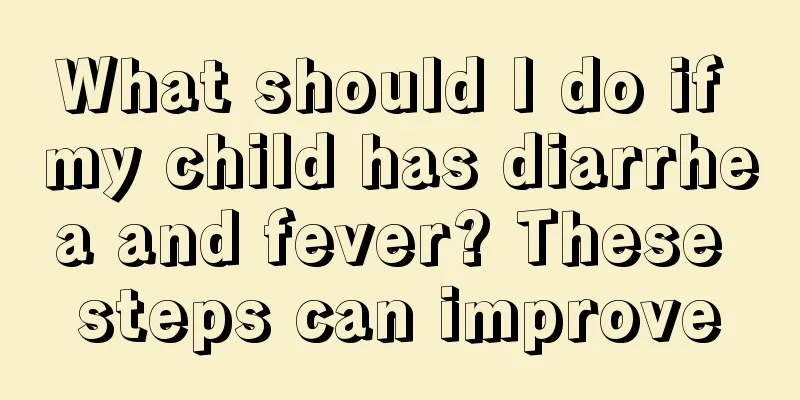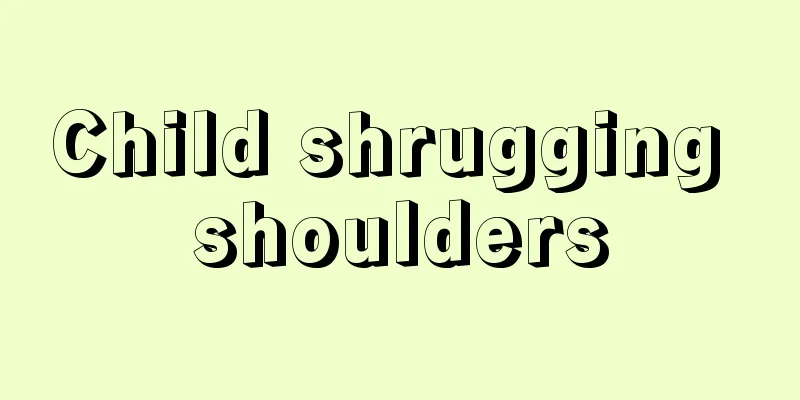What are the causes of congenital choledochal cysts in children?

|
Nowadays, basically every family has only one child, and even after the introduction of the one-child policy, the expected birth rate peak has not occurred. It seems that most people have accepted the idea of having only one child. However, a child often becomes the little emperor of the family. If he has a headache or fever, his parents will worry about him. Especially if he suffers from a serious illness, his parents will be at a loss. Here we introduce the causes of congenital common bile duct cyst in children. The cause of congenital common bile duct cyst is still controversial. With the progress of morphological, bile enzymology and animal experimental research in the past decade, we have a deeper understanding of its cause. Most scholars believe that this disease is related to congenital abnormal bile and pancreatic duct junction and distal common bile duct obstruction. 1. Congenital malformation of the pancreaticobiliary junction forms a malformation of the junction. The so-called malformation of the junction refers to the confluence of the pancreaticobiliary duct is not in the duodenal papilla, but outside the duodenal wall or congenital malformation of the morphology and anatomy of the junction. Since Babbitt proposed in 1969 that abnormal pancreaticobiliary junction was the cause of common bile duct dilatation, this theory has been emphasized more in recent years. If the common bile duct and pancreatic duct fail to separate normally during the embryonic period, the distal ends of the pancreatic duct and the common bile duct will be abnormally connected, and the common bile duct will be connected at a right angle or <30°, causing the normal pancreaticobiliary duct (normal <2-4mm) to be extended to an abnormal length of 20-35mm. The normal intra-pancreatic duct pressure is 0.294-0.49kPa (30-50mmH2O), and the intra-bile duct pressure is 0.247-0.294kPa (20-30mmH2O). As a result, pancreatic juice flows back into the common bile duct, causing repeated inflammation of the common bile duct, destroying the elastic fibers in its wall, causing the wall to lose tension and expand. Some children suffer from recurrent acute or chronic pancreatitis due to increased intra-pancreatic duct pressure. 2. Biliary dysplasia In 1936, Yotsu-Yanagi first proposed that the proliferation of primitive bile duct epithelial cells is unbalanced during the embryonic period. For example, excessive proliferation at the distal end will lead to stenosis at the distal end and expansion at the proximal end during cavitation, thus forming this disease. The common bile duct wall is congenitally deficient in elastic fibers. When the intraductal pressure of the bile duct increases, it gradually expands, and there is no obstruction at its distal end. 3. Viral infection: In recent years, through tissue pathological changes, it has been found that hepatitis B virus, cytomegalovirus, adenovirus, etc. can cause obstruction of the bile duct lumen or weakening of the bile duct wall, resulting in bile duct deformity. 4. Abnormal nerve distribution. Some scholars have detected the nerve distribution of the common bile duct in infants and fetuses and compared it with the distribution of ganglion cells in the distal stenosis of children with common bile duct dilatation. The number of nerve fiber bundles and ganglion cells in the stenosis of the children was significantly reduced compared with that in the control group. Therefore, it is believed that the occurrence of common bile duct dilatation is related to the abnormal distribution of the distal nerve plexus and ganglion cells of the common bile duct. However, whether the reduction of ganglion cells and abnormal neurodevelopment is a congenital lesion or an acquired secondary lesion requires further study. The above is an introduction to the causes of congenital common bile duct cysts in children. In fact, there are many disadvantages to having a child at home. For example, the child will become very selfish, not know how to share with others, be impolite, and have a bad temper. If conditions permit, it is best to have two children, which will have many benefits for the child's character development and physical growth. |
<<: What causes heel pain in children?
>>: What to do if a child has congenital hypospadias
Recommend
What can children eat to grow taller?
A child's height is related to his or her nor...
What medicine should children take for acute laryngitis
In our lives, there are many children whose physi...
Can children eat Houttuynia?
I believe everyone is familiar with Houttuynia co...
Can children shave their eyebrows?
Many parents believe that after shaving their chi...
What are the causes of encephalitis in children? How to treat it?
Children have lower body resistance, so they are ...
Types of Escherichia coli enteritis in children
I believe everyone knows about the disease Escher...
What's wrong with the child's mental condition?
Children are not only the flowers of the motherla...
How to prevent swollen tonsils in children
Children's resistance is very limited, and th...
What are the symptoms when the baby has a fever?
The baby's physical health is easily damaged ...
What to do if your newborn eats too much?
The body of a newborn is very fragile, so we must...
Why is the red blood cell count in children's blood routine high?
When doing a routine blood test, the red blood ce...
Adverse reactions to tetanus vaccine at 6 years old
With the improvement of our current medical techn...
Three month old baby has yellow loose stools
Three-month-old babies are in the golden period o...
What is the reason why my baby suddenly stutters when speaking?
Under normal circumstances, children will start l...
What should I do if my baby has seasonal eczema?
Babies are the center of a family, and their heal...









